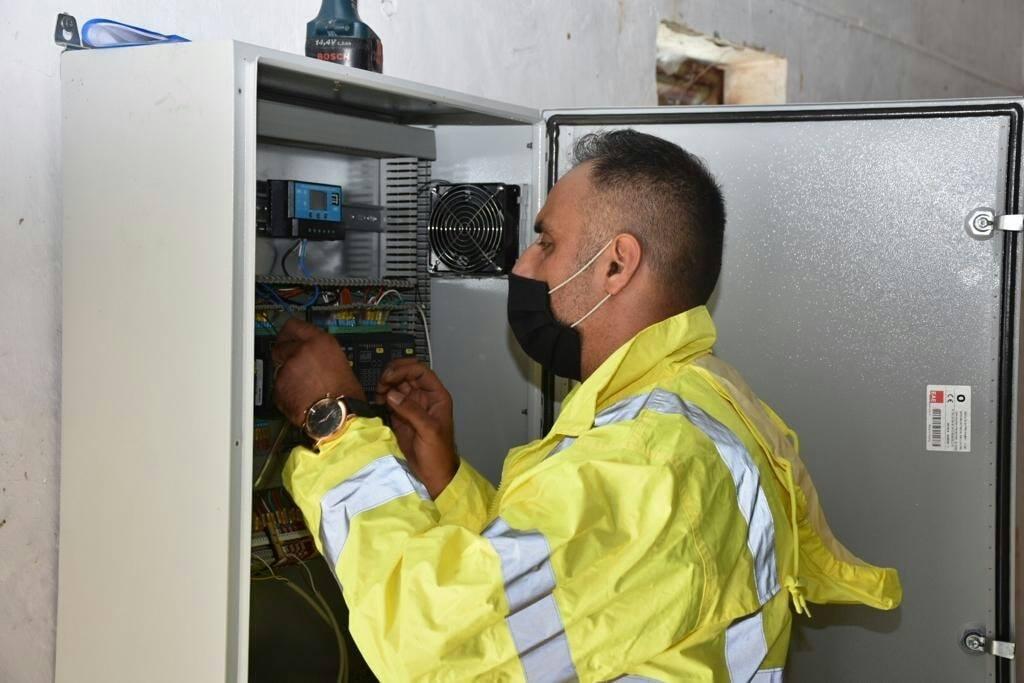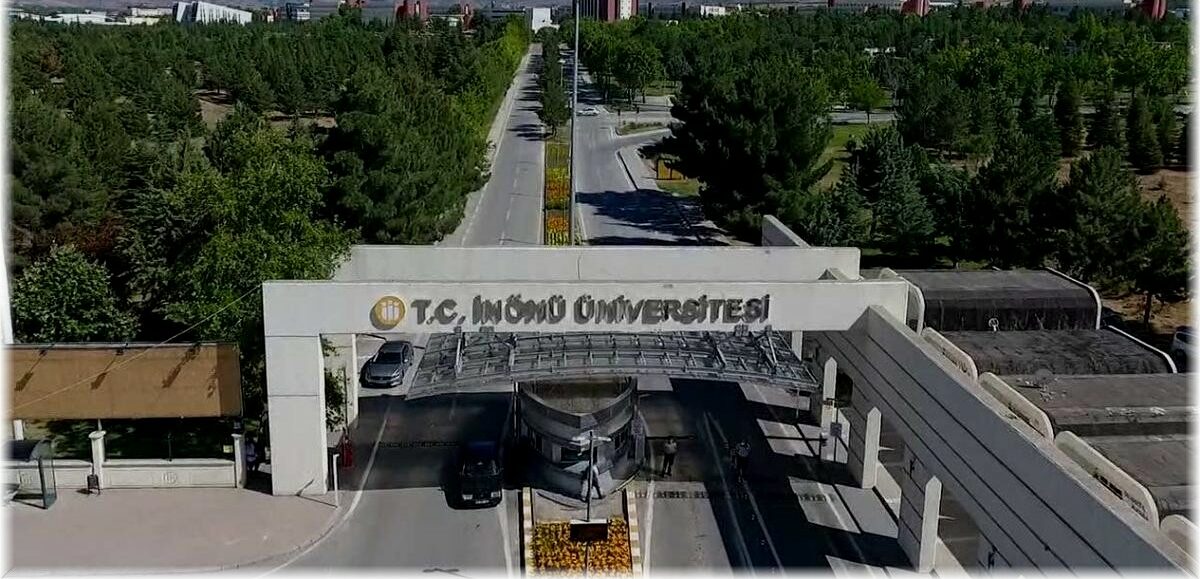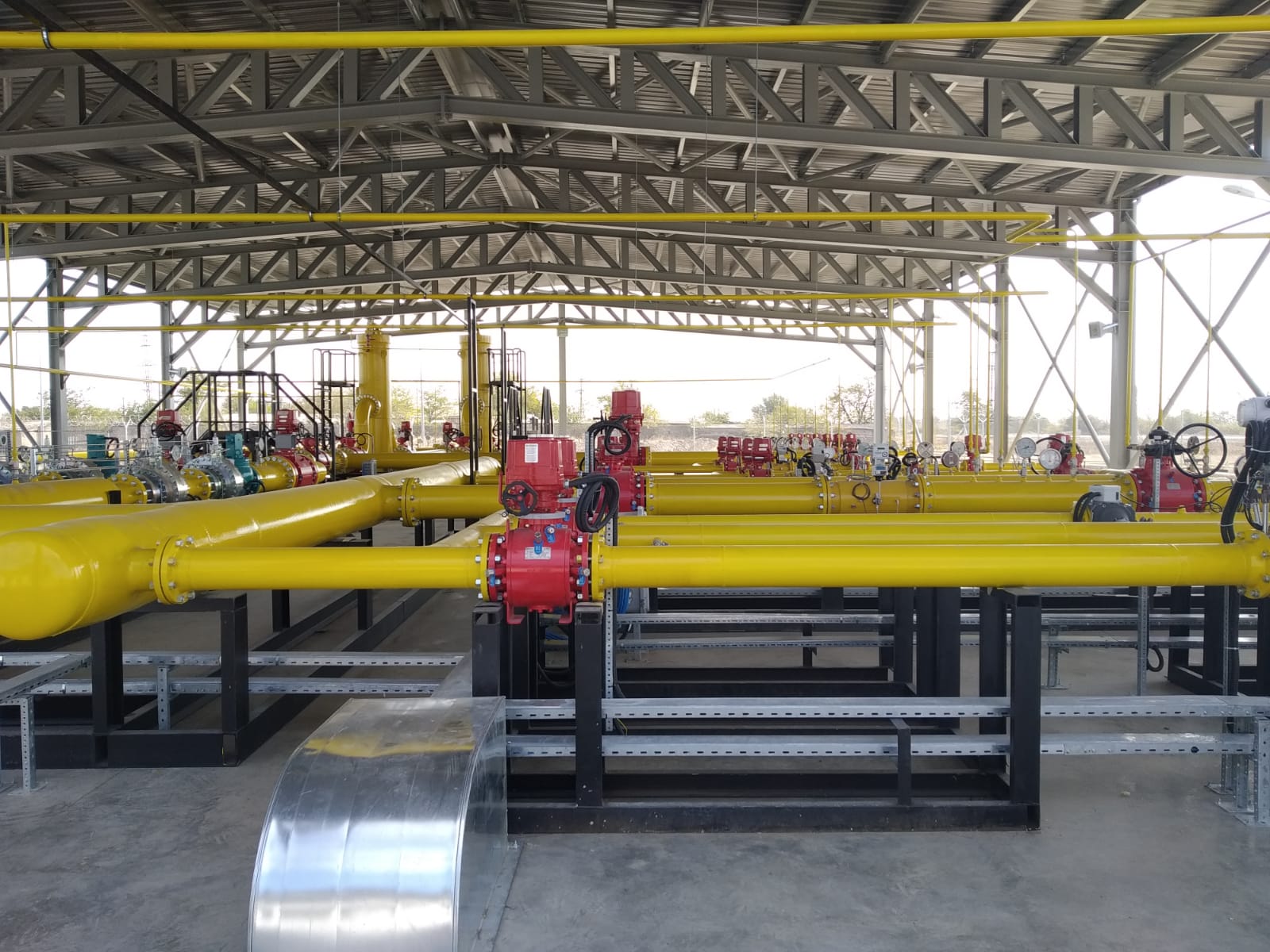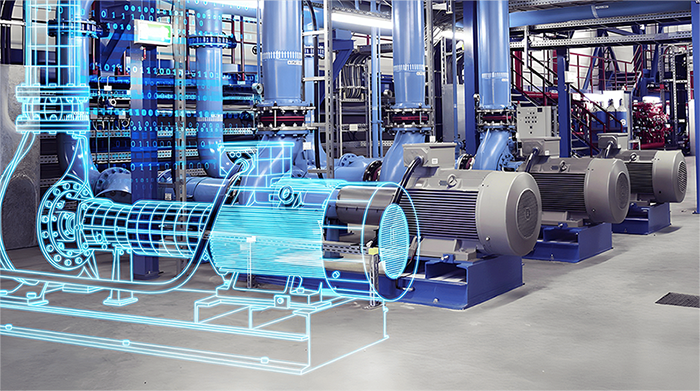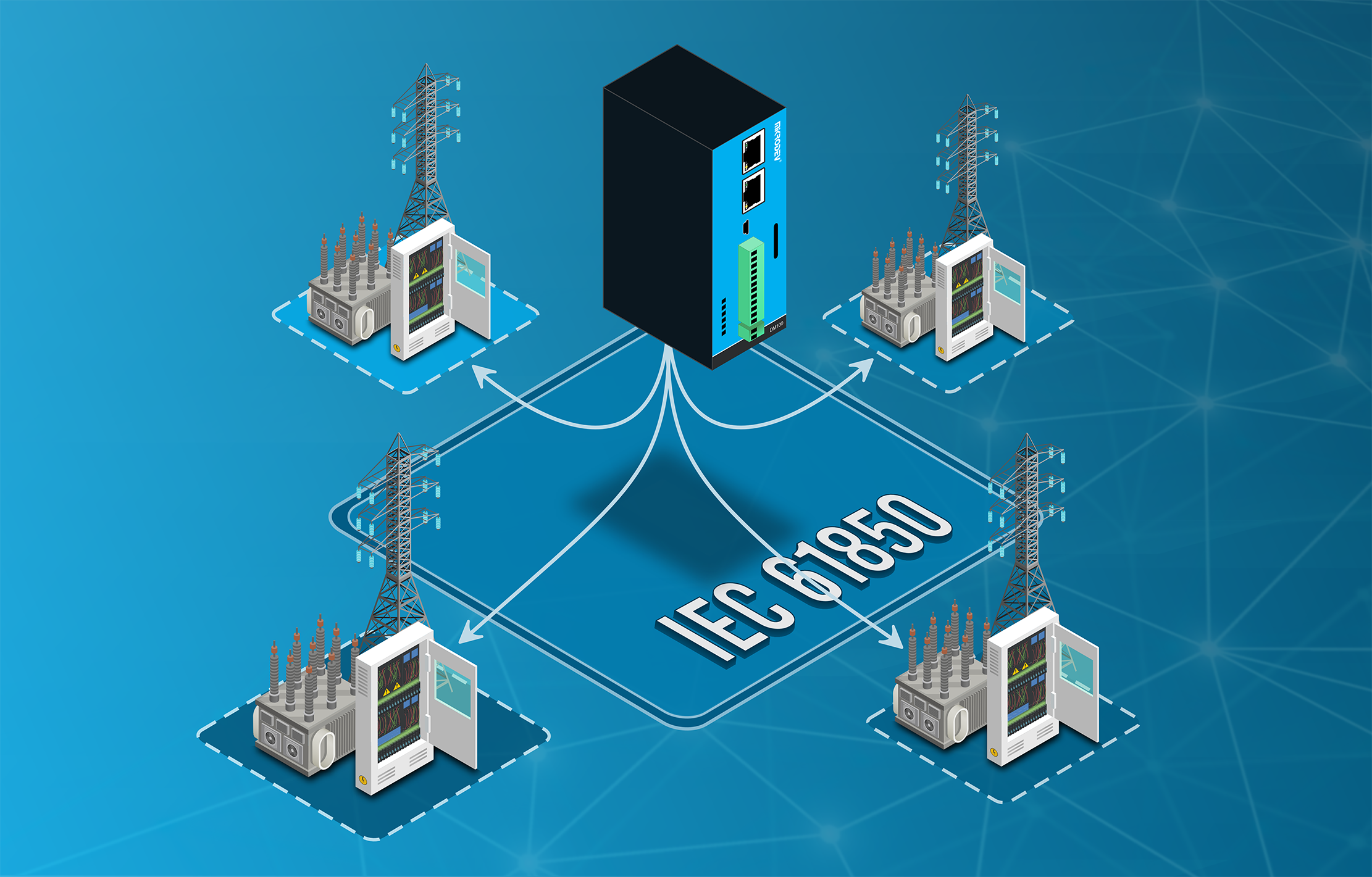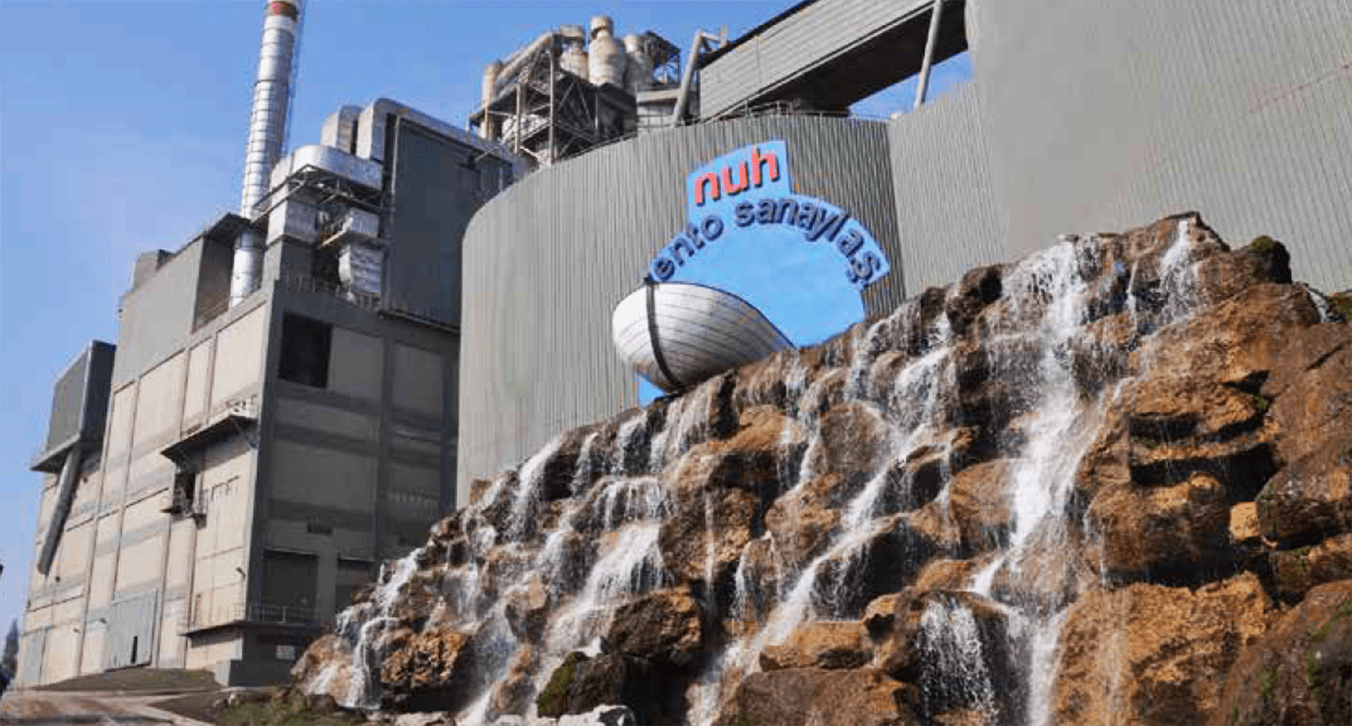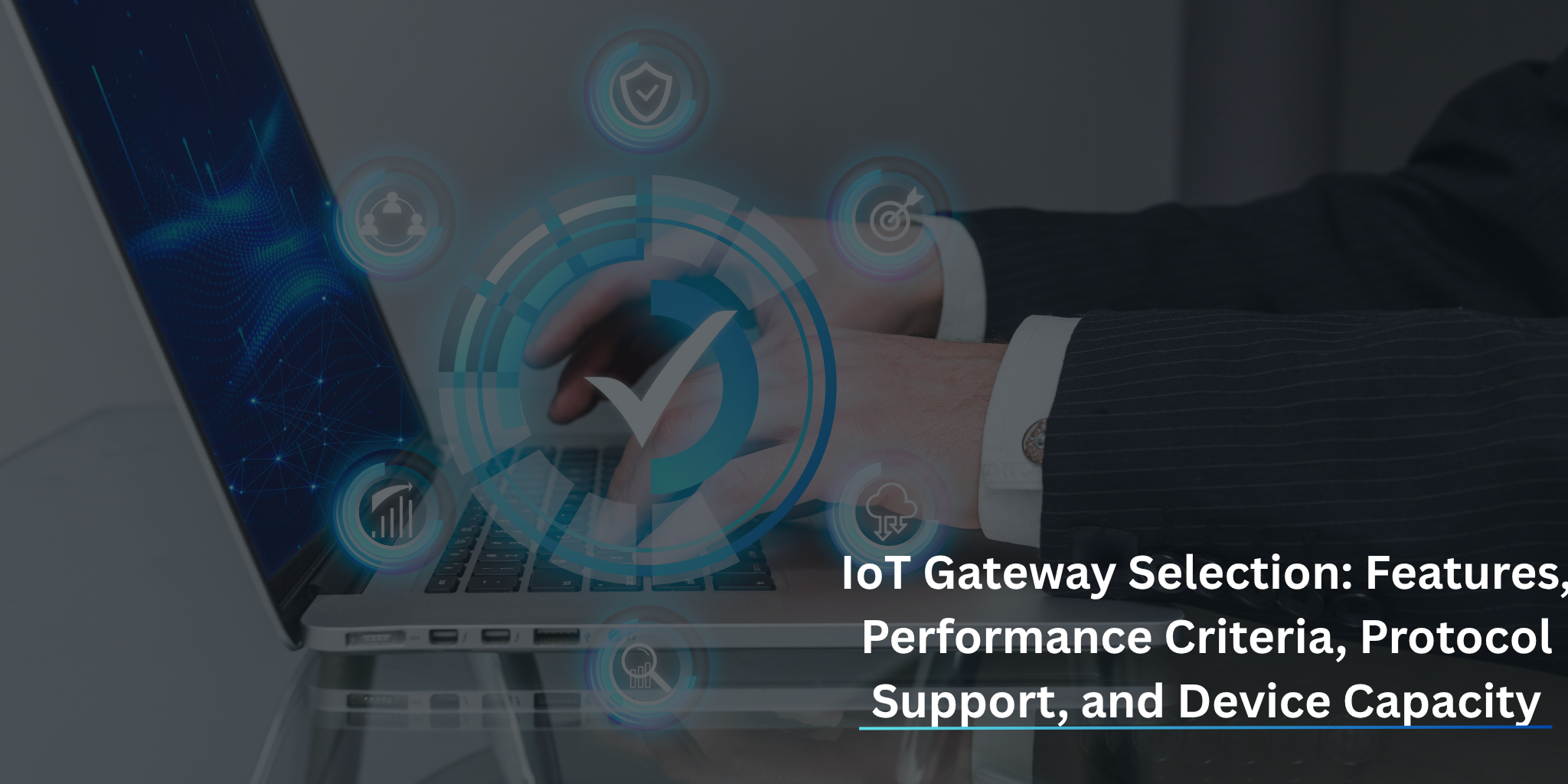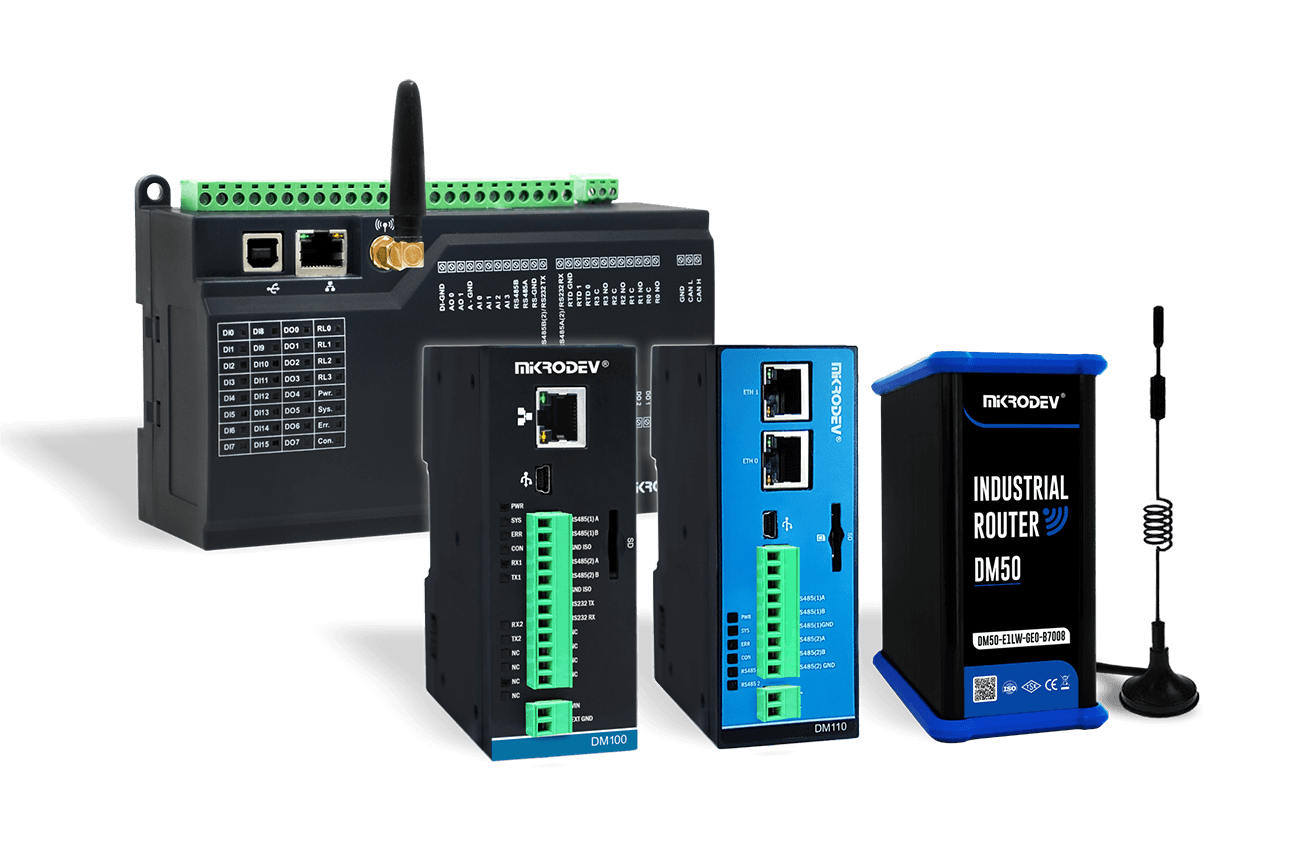The Name of the Transformation in the Energy World — “Smart Grids”
With rising global energy demand, the integration of renewable resources, and climate change, energy infrastructures are becoming systems that not only “generate” but also understand, analyze, and make decisions based on data. Smart Grid technologies lie at the center of this transformation.
Smart grids aim to manage energy more efficiently, reliably, and sustainably by collecting real-time data from generation, transmission, distribution, and consumption points. As Mikrodev, we are at the heart of this transformation, developing automation technologies that make smart grid infrastructures possible.
Components of the Smart Grid: The Path from Data to Value
The success of a smart grid system is directly related to the integrity of data flow and the continuity of control. The following three technologies form the foundation of this structure:
-
RTU (Remote Terminal Unit): The fundamental component that collects data from field devices, analyzes it, and transmits it to SCADA systems. Mikrodev’s DM100 and RTU300 series are indispensable parts of energy monitoring centers with their high reliability and IEC protocol compatibility.
-
SCADA (Supervisory Control and Data Acquisition): Collects field data at the center and provides real-time status information to operators. This optimizes fault detection, load management, and outage prevention processes in energy distribution.
-
PLC (Programmable Logic Controller): Ensures system stability in critical control tasks. It executes functions such as automatic switching, fault isolation, and recloser control in smart grids.
The IEC61850 Standard: The Power of Communication in a Common Language
One of the biggest challenges of smart grids is the interoperability of devices from different manufacturers. At this point, the IEC61850 standard stands out as the common language of modern energy automation.
Mikrodev is one of the rare manufacturers providing world-class interoperability with its IEC61850 Level A certified RTU family. This enables easy integration and sustainable operation in both existing infrastructures and next-generation digital substations.
Renewable Energy and Smart Grid: Smart Solutions to Imbalance
Renewable sources like solar and wind possess naturally variable production profiles. Smart Grid systems balance this variability through real-time data analytics, preserving energy continuity.
Mikrodev solutions establish two-way communication between Solar Power Plants (SPP) and Distribution Networks to:
-
Monitor the real-time production-consumption difference,
-
Support voltage and frequency regulation,
-
Facilitate grid operators’ load-balancing decisions.
In this way, energy efficiency provides optimization not only on a facility basis but also at a national level.
Data-Driven Energy Management: From SCADA to Artificial Intelligence
Smart grids do not just collect data from sensors; they also learn from this data. Mikrodev systems analyze millions of data points collected in the RTU and SCADA infrastructure to go beyond automation in processes such as:
-
Fault detection,
-
Predictive maintenance,
-
Operation optimization.
AI-supported algorithms analyze historical consumption patterns and environmental factors to produce high value-added outputs such as energy demand forecasting.
The Security Dimension: Cyber Security in the Digitalizing Grid
With digitalization, energy systems are now targets of cyber threats. Security standards like IEC 62443 provide guidance for data protection at the SCADA and RTU levels.
Mikrodev guarantees secure data flow in critical infrastructures with its structure supporting secure communication protocols (TLS, SSH, VPN).
The Future of Energy is Being Shaped by Smart Automation
Smart Grid technologies are transforming not only energy infrastructures but also the energy economies of countries. At the center of this transformation are reliable, scalable, and compliant automation technologies.
As Mikrodev, we are proud to be a part of this transformation with our RTU and SCADA solutions. In every new product development, we work to make smart grids more flexible, more secure, and more sustainable.
